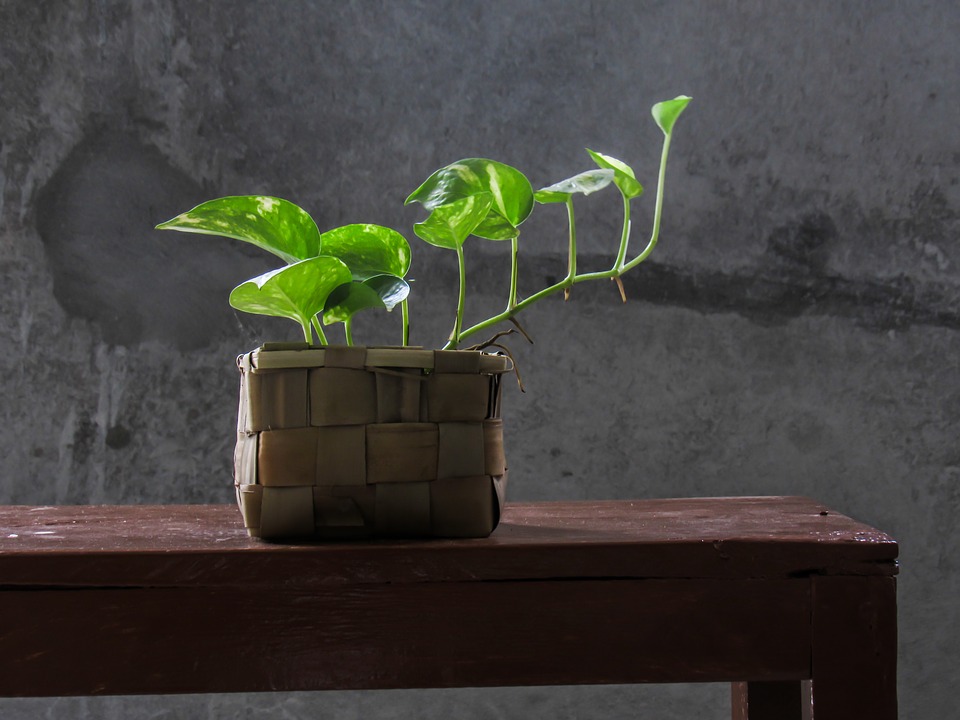Houseplants are an amazing source to keep the air in the house clean and adds up to the beauty of the house. Now scientists are taking houseplants to a new level. They have genetically modified a common houseplant- pothos ivy- to remove small molecules like chloroform and benzene, which are too small to be trapped in filters like HEPA.
Researchers at the University of Washington have modified the plant to produce a protein, 2E1, that transforms the compounds chloroform and benzene, which has been linked to cancer into molecules that the plants then use to support into their own growth.
“People haven’t really been talking about these hazardous organic compounds in homes, and I think that’s because we couldn’t do anything about them,” said senior author Stuart Strand, who is a research professor in the UW’s civil and environmental engineering department. “Now we’ve engineered houseplants to remove these pollutants for us.”
The team decided to use a protein called cytochrome P450 2E1, or 2E1 for short, which is present in all mammals, including humans. In our bodies, 2E1 turns benzene into a chemical called phenol and chloroform into carbon dioxide and chloride ions. But 2E1 is located in our livers and is turned on when we drink alcohol. So it’s not available to help us process pollutants in our air.
“We decided we should have this reaction occur outside of the body in a plant, an example of the ‘green liver’ concept,” Strand said. “And 2E1 can be beneficial for the plant, too. Plants use carbon dioxide and chloride ions to make their food, and they use phenol to help make components of their cell walls.”
The researchers introduced a synthetic version of the gene into pothos ivy so that each cell in the plant expressed the protein.
The researchers then tested how well their modified plants could remove the pollutants from air compared to normal pothos ivy. They put both types of plants in glass tubes and then added either benzene or chloroform gas into each tube. Over 11 days, the team tracked how the concentration of each pollutant changed in each tube.
For the unmodified plants, the concentration of either gas didn’t change over time. But for the modified plants, the concentration of chloroform dropped by 82 percent after three days, and it was almost undetectable by day six. The of benzene also decreased in the modified plant vials, but more slowly: By day eight, the benzene concentration had dropped by about 75 percent.
Plants in the home would also need to be inside an enclosure with something to move air past their leaves, like a fan, Strand said.
“If you had a plant growing in the corner of a room, it will have some effect in that room,” he said. “But without air-flow, it will take a long time for a molecule on the other end of the house to reach the plant.”
Source- Science Daily

